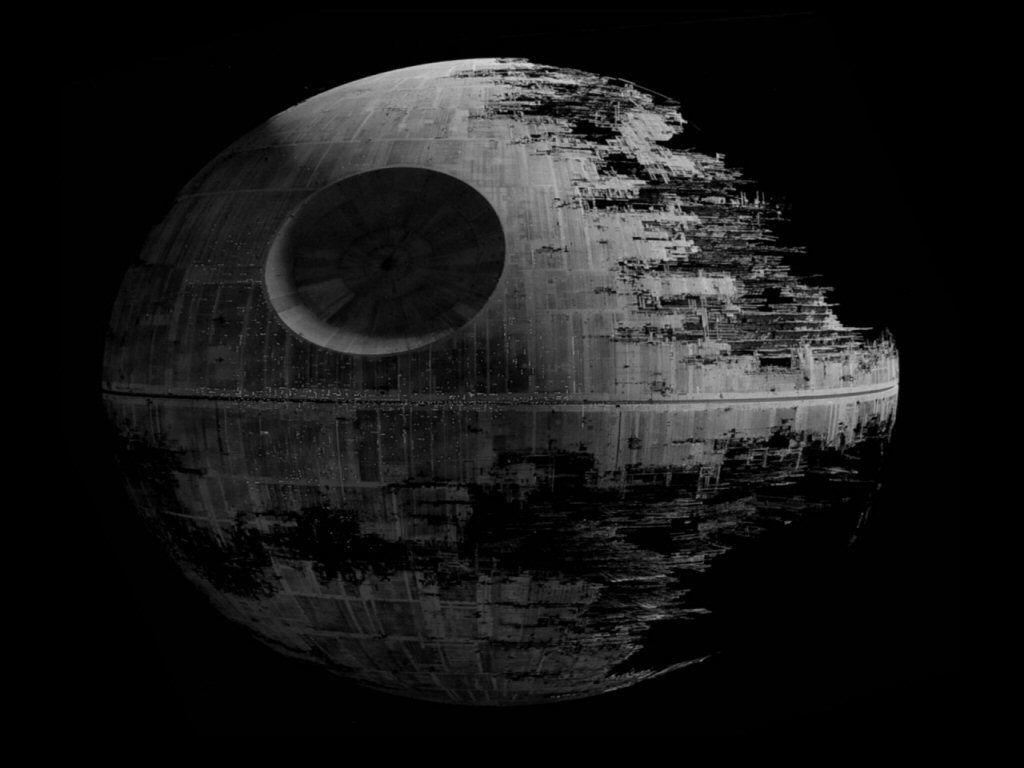n
My reward for passing the Master’s Exam in March of 1992 was to work Sunday brunch two days later. It wasn’t punishment, it was just how the schedule worked out and I wasn’t about to pass the shift off on the other two sommeliers who were also good friends. To be honest, they would have refused to work it and rightly so.
But this is another story. Several months later on a Friday night, I had the first of many seminal sommelier moments or reality checks to be more accurate. There I was on the floor wearing my shiny new gold and burgundy MS pin feeling somewhere between Austin Powers and James Bond with a little Mr. Bean thrown in for gravitas. One of the first tables in the early seating was a four-top. After they had some time to settle in the with the menu and wine list, I approached the table asked the host with the list if he had any questions or needed a suggestion. He asked for a few minutes.
When I returned to the table he handed me the list and said with the utmost confidence, “we’ll have the such-and-such old vines Zinfandel.” The wine in question was a seriously tannic red from a top Zinfandel producer and from a vineyard that dated well back into the 19th century. For the sake of convenience, we’ll call it “Death Star” because the tannins were so extreme they could easily take oil stains off a driveway. The only reason it was even on the list was simply because of the minuscule allocation we had just received. “Just curious,” I cautiously asked, “what will you be enjoying for dinner?” The host responded by saying they would start by sharing a dozen oysters and then two of them were having poached salmon while the other two had settled on sautéed local Petrale Sole. Immediately, all the sommelier alarms in my head went off at over 100 decibels. The combination of a ferociously tannic red with oysters and delicate fish was like a train looking for a wreck. I quickly went into triage mode and tried to talk him out of the wine in every possible way, saying things like:
“Great choice. You know, I tasted that wine recently and it’s a bit tight and pretty tannic. So we might look at a delicious aromatic white to go with the salmon and Petrale instead.”
Or
“Wow, that’s a great Zinfandel. Someone last night enjoyed it with the chef’s braised short ribs. You might consider that instead of the oysters and salmon.”
Or
“A single bottle of Death Star has been known to level an entire village. I’m not sure we’re licensed for it or have the proper safety equipment to administer it.”
Try as I might, I could do nothing to dissuade him from ordering the newly released vintage of Death Star. “You don’t understand,” he said, “this is our favorite wine and it’s impossible to find. We rarely get to try it.” I smiled and politely said, “Of course. I’ll bring it right away and decant it for you.” Visions of ‘50’s sci-fi movies and electro-beams melting human skulls danced in my head as I left the table.
Minutes later I returned with the bottle of Death Star and a decanter vainly wishing the prep kitchen had a paint shaker so I might “put a little air” into the wine before serving. Alas, it was not to be. I decanted the wine at the table and poured a taste for the host. He smiled broadly and gestured for me to pour for the others at the table. Just as I finished pouring his glass the oysters showed up and everyone tucked in ravenously.
A few minutes later I checked back in to see how everyone was doing more out of morbid curiosity than anything. I fully expected someone at the table to voice a complaint about the tannin-bivalve insurgency in process, but not a word. Instead, they ordered a second bottle of Death Star and another dozen oysters. They ordered a third bottle just as the salmon and Petrale hit the table.
Conventional food and wine pairing wisdom said that they should have been suffering the cruel fate of horribly mismatched food and wine chemistry. But there was nothing of the kind. In fact, the two couples were by all appearances having a grand time. They polished off the third bottle with dessert and coffee. The host palmed me $20 on the way out. He thanked me profusely saying they hadn’t seen their friends in years and the fact that we had their favorite wine made the evening perfect. I stood in the wake of the front door as it closed, completely stunned. Even with my newly acquired MS bling, nothing had ever prepared me for what had just happened. I remember saying very clearly out loud, “so what the hell do I know?”
The lesson I took from the “Death Star incident,” as it came to be known was simple: always give someone permission to drink what they like to drink regardless of how much you know or in this case think you know. Otherwise, in doing what you believe is the right thing everyone loses. And context, as in “this is my favorite wine,” trumps all.
I’d like a Fernet Branca, please.
nn
